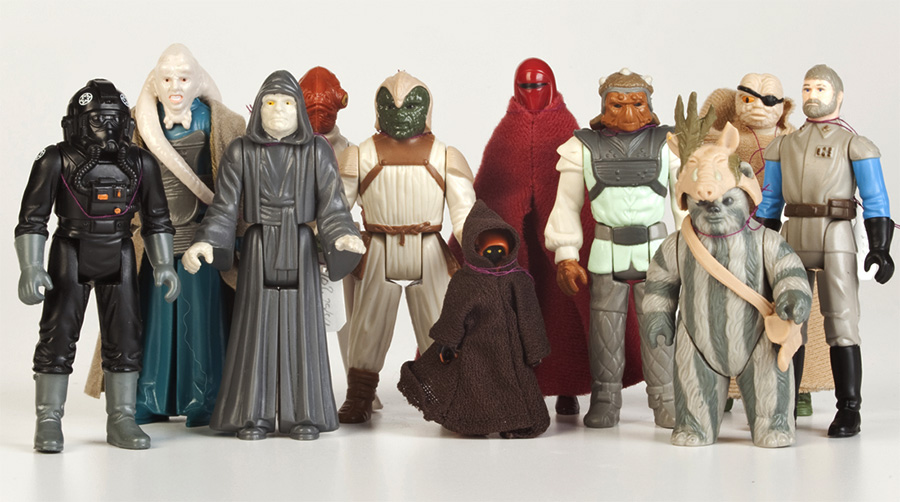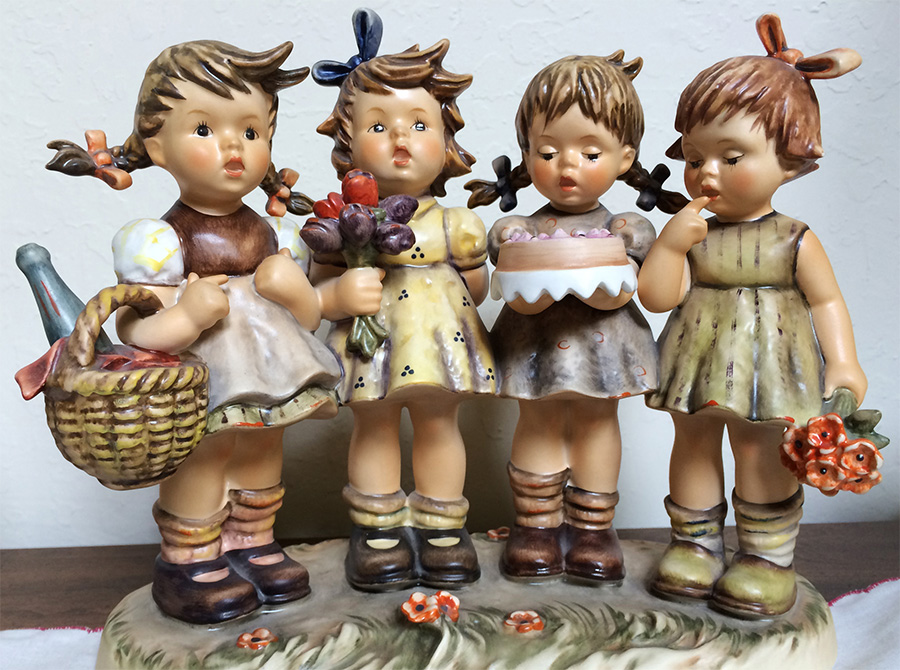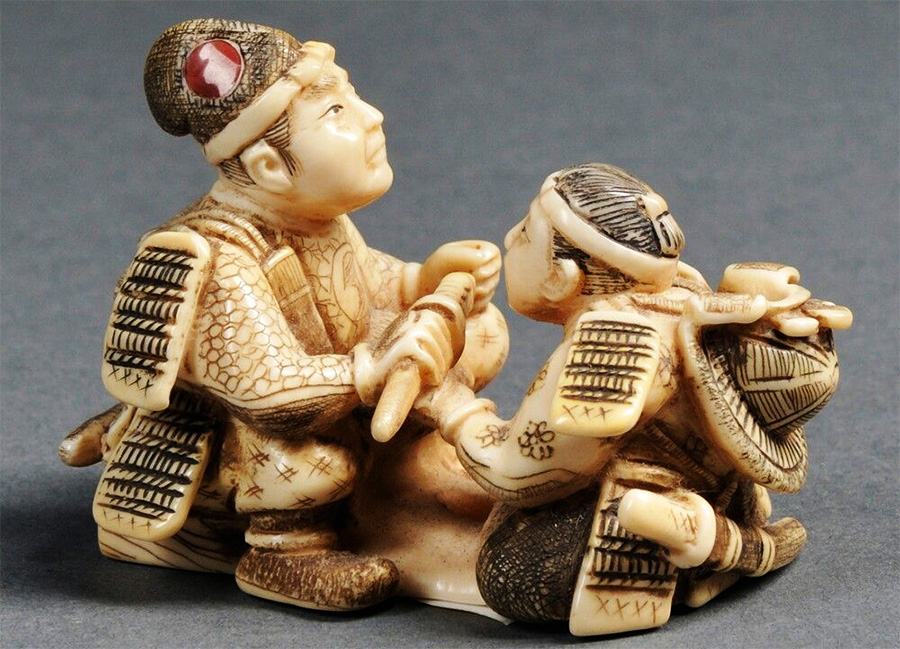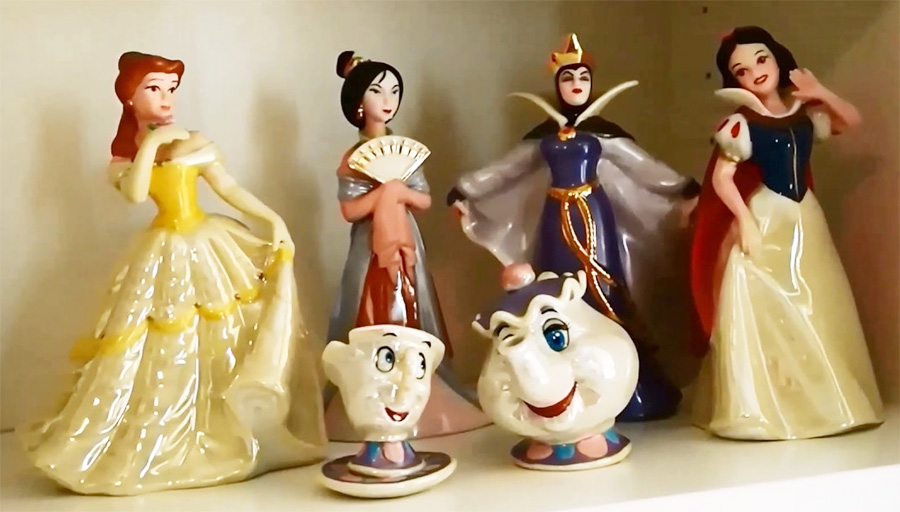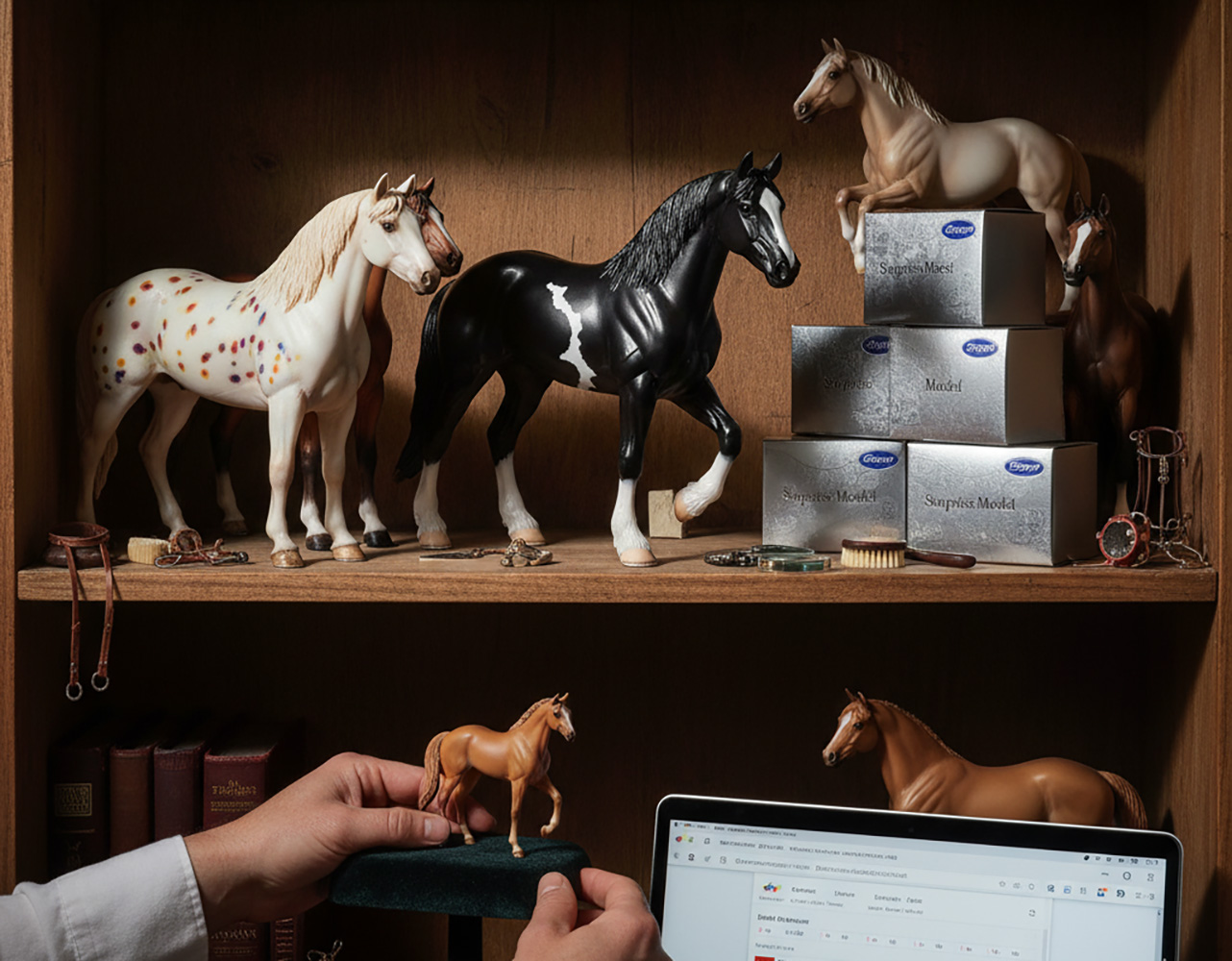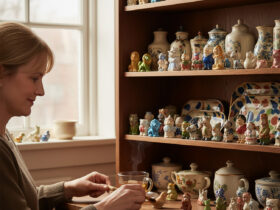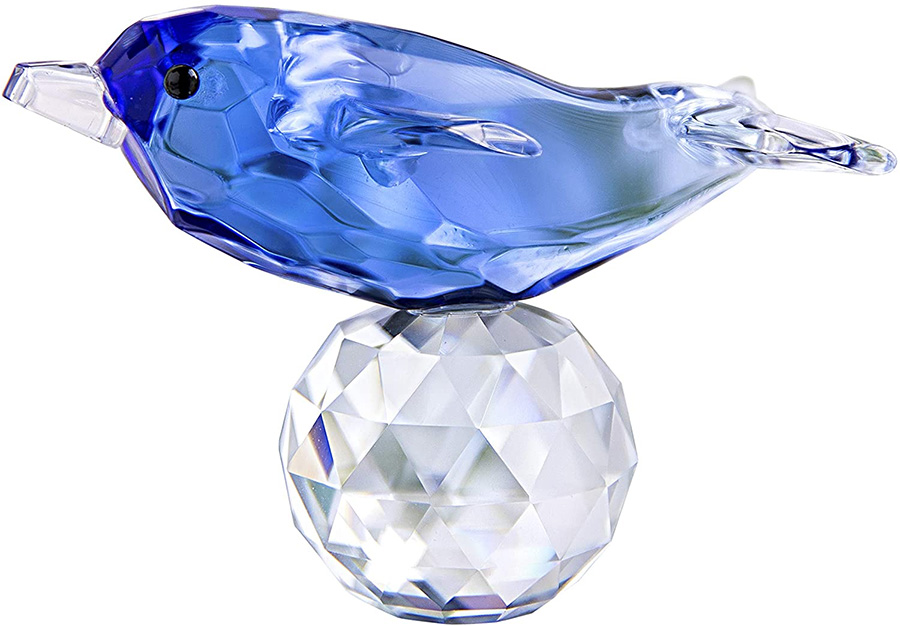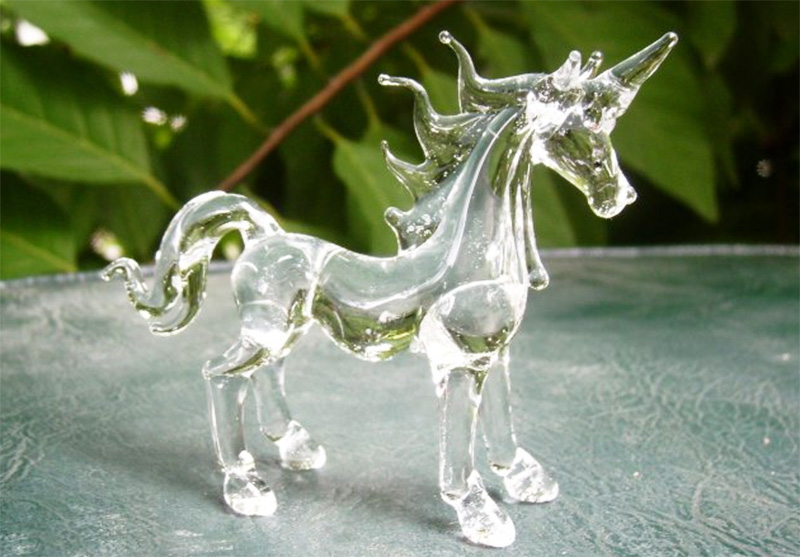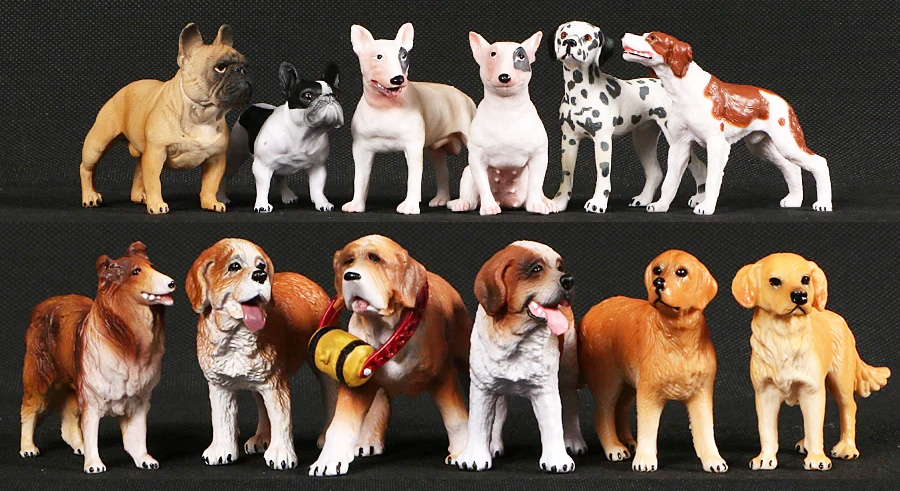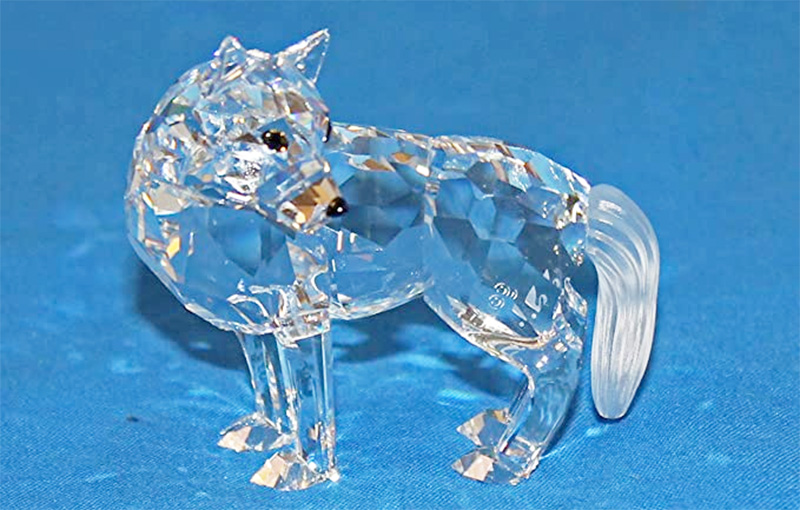Breyer Horses: More Than Toys – A Collector’s Guide to Investing in Model Horses
If you’ve never held one, you might not get it.
To the uninitiated, they’re just plastic horses. They’re toys. They’re what you see in the aisle at the farm supply store, gathering dust next to the toy tractors. But to a collector… oh, to a collector, it’s something else entirely.
It’s the weight of the cellulose acetate plastic. It’s the smell of the new box. It’s the tiny, hand-painted pinking on the muzzle and the delicate shading on the flanks. It’s the first time you realize that the horse in your hand isn’t just a horse, it’s Man o’ War. It’s Secretariat. It’s a perfect, frozen portrait of a living, breathing legend.
And for a rapidly growing segment of the population, it’s also an astonishingly complex and volatile investment market.
That five-dollar toy you played with in the 1980s? It might be worth $300 today. That special model you bought for $60 at a festival last summer? It might be on eBay for $500 right now. This is the world of Breyer horse collecting, where art, nostalgia, and economics collide. This isn’t just a hobby; it’s a passion, a community, and for the savvy, a surprisingly viable alternative asset class.
Forget what you think you know about toy collecting. We’re going deep into the stable.
Section 1: The Breyer Foundation – What Exactly Is a Breyer Horse?
Before we talk about money, we have to talk about the model itself. A Breyer horse is not your average toy.
Born in 1950, Breyer Animal Creations (now a division of Reeves International) didn’t even set out to make toys. The first Breyer horse, the #57 Western Horse, was commissioned by the F.W. Woolworth Company to adorn a mantel clock. The clock was a flop, but customers couldn’t get enough of the horse. When the clock company went under, the Breyer Molding Company was left with a warehouse full of plastic horses. They started selling them individually, and an icon was born.
What makes them different?
- The Material: Most Breyer horses (specifically the Traditional line) are made from cellulose acetate, a type of plastic. It’s heavier and more rigid than the vinyl used in many other model horses. It’s also what allows for Breyer’s signature: the seams are sanded and polished before painting, creating a smooth, seamless body.
- The Artistry: Every single Breyer horse is hand-painted. While the method has evolved (from airbrushing to more detailed masking and hand-painting), no two are ever exactly alike. The subtle variations, the detailed eyes, the shaded muscles—this is what elevates them from toy to “model.”
- The “Portrait” Concept: Breyer was revolutionary in its “portrait models.” They obtained licenses to create models of real, famous horses. Owning the Breyer of Secretariat, Man o’ War, Valegro, or Zenyatta feels like owning a small, tangible piece of equine history.
Understanding the Scales
The Breyer world is divided into “scales,” and knowing them is essential.
- Traditional (1:9 Scale): This is the “big one.” Measuring roughly 12 inches long by 9 inches high, this is the most popular and collectible scale. When people talk about “Breyer investing,” they are almost always referring to Traditional models.
- Classic (1:12 Scale): Smaller, (about 9 inches by 6 inches), and often geared toward younger collectors, though they have their own dedicated following and rare models.
- Stablemates (1:32 Scale): These tiny, 3-4 inch models are a massive collecting world unto themselves. They are affordable, come in huge variety, and have some of the rarest “chase” models in the hobby.
- Other Scales: You’ll also see Paddock Pals (1:24 scale, now often called “Little Bits”) and Mini Whinnies (1:64 scale).
For investment purposes, we will primarily focus on the Traditional (1:9) scale, as it holds the highest values and has the most active secondary market.
Section 2: The Collector’s Lexicon – Speaking the Breyer Language
If you jump into a Breyer Facebook group or forum, you’ll be hit with a wall of acronyms. Here’s your decoder ring.
- OF (Original Finish): A model that is exactly as it came from the Breyer factory. It has not been repainted or altered.
- CM (Customized): A model that has been altered by an artist. This can range from a simple repaint to a drastic resculpting (like changing the horse’s position). A high-quality CM model can be worth thousands, but it’s a separate art market from collecting OF models.
- RR (Regular Run): A standard, mass-produced model sold online and in stores. They are made for several years. Think of them as the “common stock” of the Breyer world.
- LE (Limited Edition): A model produced in a specific, advertised quantity (e.g., “Limited Edition of 3,500”).
- SR (Special Run): This is the most important term for an investor. A Special Run is a model made in a limited quantity for a specific purpose: a single retailer (like Tractor Supply Co.), a special event (like BreyerFest), or a web-only sale. Rarity is driven by SRs.
- LSQ (Live Show Quality): A model in such perfect condition (no rubs, scratches, or factory flaws) that it could be entered in a “live show” and not be faulted for its condition.
- MIB (Mint in Box) / NIB (New in Box): The model is in perfect condition and still in its original, unopened (or just-opened) packaging. This is the gold standard for high-value modern models.
- Body: A Breyer model that is heavily damaged (rubs, scratches, breaks) and is sold cheaply, intended to be “customized” (repainted) by an artist.
Section 3: The Anatomy of Value – What Makes a Breyer Horse Worth Money?
This is the central question: “How to tell if a Breyer horse is valuable?”
It’s not one single thing, but a combination of five key factors.
1. Rarity (The #1 Driver)
A Breyer’s value is almost entirely dictated by its production number.
- Regular Runs (RRs): These are the least valuable. A model made from 1990-1998, for example, exists in the tens or hundreds of thousands. Its value is almost purely nostalgic, and you can often buy it for $15-$30.
- Limited Editions (LEs): Better. A model limited to 10,000 pieces is better than a Regular Run. A model limited to 2,500 is getting interesting.
- Special Runs (SRs): This is the core of the market. SRs are made in much smaller numbers. A retailer SR might be 1,500-3,000 pieces. A BreyerFest Special Run might be 750-1,800 pieces. A Connoisseur Model (a super-premium model for a special club) might only be 350 pieces. A true “test run” or prototype might be one-of-a-kind.
The lower the production number, the higher the potential value. A $50 model with a run of 350 can easily be worth $500-$800 the moment it ships.
2. Condition, Condition, Condition
A Breyer horse is judged like a real horse in a halter class. Flaws matter.
- Rubs: These are small, shiny marks where the paint has been rubbed off, revealing the white plastic beneath. Common on eartips, hoof edges, and the sides (from “box rub”).
- Scratches: Deeper marks that mar the finish.
- Breaks: A broken-off ear or leg is catastrophic for value, unless the model is exceptionally rare.
- Yellowing: Older white or grey models made of acetate can yellow over time, especially if exposed to sunlight. This significantly drops the value.
For modern investing, any model worth serious money must be LSQ (Live Show Quality). It must be “factory mint.” This is why many collectors buy two: one to display, and one to keep “New in Box” as an investment.
3. Finish: The “Glossy vs. Matte” Phenomenon
Most Breyer horses have a “matte” finish. However, Breyer often releases “glossy” variations of models. These are covered in a thick, high-shine topcoat.
For reasons of pure collector preference, glossy models are almost always worth more than their matte counterparts.
Sometimes, Breyer will make a Regular Run model (e.g., a bay horse) and, as a special “chase,” will randomly insert a small number of glossy versions of that same horse into the shipping cases. Finding a “glossy chase” in a store is like finding a winning lottery ticket. A $45 model can instantly become a $150-$250 model.
4. The Vintage Factor: “Chalky” and “Woodgrain”
“Vintage” in the Breyer world typically refers to models from the 1950s to the 1970s. These have their own value drivers.
- Woodgrains: From 1958-1961, Breyer experimented with models molded in a “woodgrain” plastic (swirled brown and tan) instead of white. They were then painted. Because they were only made for a few years and the plastic was brittle, models like the “Woodgrain” Family Arabian Stallion are extremely valuable.
- “Chalky” Breyers (1973-1975): This is a key “vintage Breyer horse identification” term. During the 1970s oil crisis, Breyer had trouble sourcing its usual white acetate. For a few years, they used a variety of plastics, including a lower-grade, often beige or off-white plastic. To cover this, they had to spray the entire model with a thick, white, chalky base coat before painting. These “chalky” models are identifiable by their bright-white, opaque appearance (especially on white markings) and their tendency to chip rather than rub. A “chalky” version of a common 1970s model is significantly rarer and more valuable than its non-chalky counterpart.
5. Mold Popularity
Just like in the real horse world, some “bloodlines” (molds) are more popular than others. A new color on a popular, modern-sculpted mold (like “Zafra” or “Bristol”) will almost always command a higher price than the same color on a less-popular vintage mold (like the “Classic” Black Beauty mold). The market is trend-driven, and “hot” molds command the big bucks.
Section 4: The Breyer Ecosystem: BreyerFest and the Community That Drives the Market
You cannot understand Breyer investing without understanding BreyerFest.
Held every July at the Kentucky Horse Park, BreyerFest is the collector’s mecca. It’s a three-day-long festival that is part trade show, part model horse show, and part collector-driven madness. It is also the primary source of the year’s most desirable BreyerFest Special Runs.
This is how it works:
- The Ticket Lottery: To get the best models, you can’t just buy them. You buy a 3-Day ticket, which enters you into a lottery. If your ticket is “called,” you get the opportunity to go to the “Special Run Line” and purchase one (or more) of the event’s exclusive SR models. These are typically limited to 700-1,800 pieces.
- The “Flip”: This is where the investing comes in. A collector might win the chance to buy a highly popular SR model for $65. The moment they walk out of the store, that model’s “secondary market” value might be $250. This is known as “the flip,” and it’s what funds many collectors’ entire BreyerFest trip.
- The Surprise Model: Breyer loves a gamble. One of the most popular SRs is the “Surprise Model.” You buy a ticket for it, but you don’t know what you’re getting. It’s one mold (e.g., a new drafter) released in four different colors. Three are common (e.g., 700 pieces each), and one is a “chase” color (e.g., 300 pieces). You don’t know which color you got until you open the solid-silver box. This is pure collector gambling.
- Store Specials & Pop-Ups: These are other limited models sold at the event. They don’t require a lottery ticket, but they often require standing in line for hours. The line for the “Pop-Up Store” (which often has glossy versions of other models) is legendary for its length and the frenzy it causes.
BreyerFest is the engine of the secondary market. But the community is the fuel.
This community lives on:
- Facebook Groups: This is where the real trading happens. Groups like “Model Horse $ales Pages” (and dozens of others) are 24/7 trading floors.
- Forums: Vintage collectors often congregate on forums like Breyer Blab to discuss history and sales.
- Instagram: “Model horse photographers” and collectors show off their herds, driving trends and desire for specific models.
- Model Horse Shows: Collectors don’t just own models; they show them. A “live show” involves collectors bringing their models to a hall where judges (just like at a real horse show) judge them on conformation, breed standards, and condition. This is why LSQ (Live Show Quality) is so important. A model with a tiny rub will be “pinned” (placed) lower than a perfect one.
This community connection is what separates Breyers from stocks. The “value” is tied to a shared passion. When a new model is announced, the community collectively decides if it’s a “hit” or a “dud,” and the price adjusts instantly.
Section 5: The “Holy Grails” – Rare Breyer Models and Their Stories
So, “what is the rarest Breyer horse?”
This question is notoriously difficult to answer. It’s probably a one-of-a-kind “Test Run” (a prototype paint job, often in weird colors) sitting in a former employee’s attic.
But among known production models, these are the legends:
- The Alborozo Fiasco (2008): BreyerFest’s “Celebration Horse” (the model given to all 3-Day ticket holders) was a stunning grey Andalusian stallion named Alborozo. He was so popular that Breyer could not produce enough of them. They ended up having to substitute a different model for many attendees. This created an instant, two-tiered market. The original 2008 Alborozo is one of the most valuable modern Breyers, easily fetching $1,000+, because its production run was accidentally cut short.
- Vintage “Decorator” Models (1960s): In the 60s, Breyer released a line of models in “decorator” colors—wild, psychedelic patterns that were not realistic. These include:
- Wedgewood & Copenhagen: Models painted in “Danish Blue” with lacy patterns.
- Florentine & Gold Charm: Models painted in a “Gold Filigree” pattern.
- These were massive flops at the time and were discontinued quickly. Today, they are “grail” horses for vintage collectors, commanding prices from $800 to $3,000+ depending on the mold and condition.
- The “No-Tack” Appaloosa Performance Horse (#215): In the 1970s, Breyer produced an Appaloosa on the Performance Horse mold. It was supposed to come with a black-and-silver sticker “saddle” and “bridle.” A very small number (rumored to be a single case) were accidentally shipped without the tack stickers. This “No-Tack” variation is a holy grail for Appaloosa collectors, worth hundreds.
- Connoisseur Models: As mentioned, these are web specials limited to just 350 pieces. Models like “Notte” (a glossy black draft horse) or “Hamilton” (a flashy pinto) were sold for ~$185 and now command $1,200 – $2,000+ on the secondary market. They are the blue-chip stocks of the modern Breyer world.
Section 6: Investing in Breyer Horses – A Realistic Guide (Are Breyer Horses Worth Money?)
Okay, let’s get to the brass tacks. Are Breyer horses a good investment?
The answer is a qualified yes, but…
This is not the S&P 500. It is an unregulated, passion-driven market for a collectible. It is highly volatile and subject to trends. A model that is “hot” today (selling for $400) might cool off next year and only sell for $200.
However, if you are smart, educated, and patient, you can absolutely see a return on your investment.
How to “Invest” in Breyer Horses
- Rule #1: Buy What You Love. This is the #1 rule of all collectible investing. If the market crashes and your $300 horse is suddenly worth $30, you should still love looking at it on your shelf. If you don’t, you’re just gambling.
- Focus on Rarity, Not Age. A 1980s Regular Run horse is worth $20. A 2023 Special Run of 350 pieces is worth $500. Rarity > Age.
- Condition is Everything. For investment-grade modern models, only buy NIB (New in Box) or LSQ. The box itself should also be in good condition.
- Do Your Homework. Before you buy, know the market. How do you find the value?
- The “Breyer Horse Price Guide” is eBay. But there’s a trick.
- Go to eBay.com.
- Type in the model’s name and mold (e.g., “Breyer Zafra Hamilton”).
- On the left-hand sidebar, scroll down and check the box that says “Sold Items.”
- This is the only price that matters. It’s not what people are asking; it’s what people are paying.
- Storage is Key. Your investment can be wiped out by a sunny window. Store your models away from direct sunlight (which causes yellowing) and in a climate-controlled environment (extreme heat can cause old models to warp or “sweat”).
The Risks
- Restorations and Fakes: Be very careful when buying high-value vintage models. Unscrupulous sellers may “restore” a broken ear or cover a rub and not disclose it. Fakes are rare, but “fake” restorations are common.
- Market Trends: The mold that is “hot” right now might be “cold” in five years. The market for vintage models was once red-hot; now, the money has largely shifted to modern, realistic SRs. You have to watch the trends.
- The Bubble: Like any collectible (Beanie Babies, anyone?), the market can burst. Breyer’s parent company could be sold, quality could decline, or the next generation might simply not be interested.
This is why Rule #1 (Buy What You Love) is your ultimate protection.
The Final Word: The “Why” Beyond the “How Much”
It’s easy to get lost in the numbers. I’ve seen people at BreyerFest, hands shaking, opening a “Surprise Model” box, their entire day’s happiness riding on whether they got the “rare” one.
That’s one part of the hobby. But it’s not the whole hobby.
The real “investment” in Breyer horses is the investment in a community. It’s the artistry you can hold in your hand. It’s the “conga line” of matching models you build on your shelf. It’s the thrill of the hunt, the joy of finding a long-lost “grail” model at a yard sale, and the connection to a global network of people who just get it.
Are Breyer horses worth money? Absolutely. Some are worth a lot of money. But are they more than just their price tag? Ask any collector who just spent an hour setting up the perfect photo of their favorite model in the evening sun.
They’ll tell you the real value is priceless.

